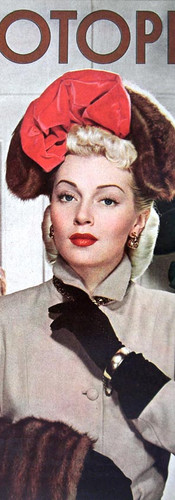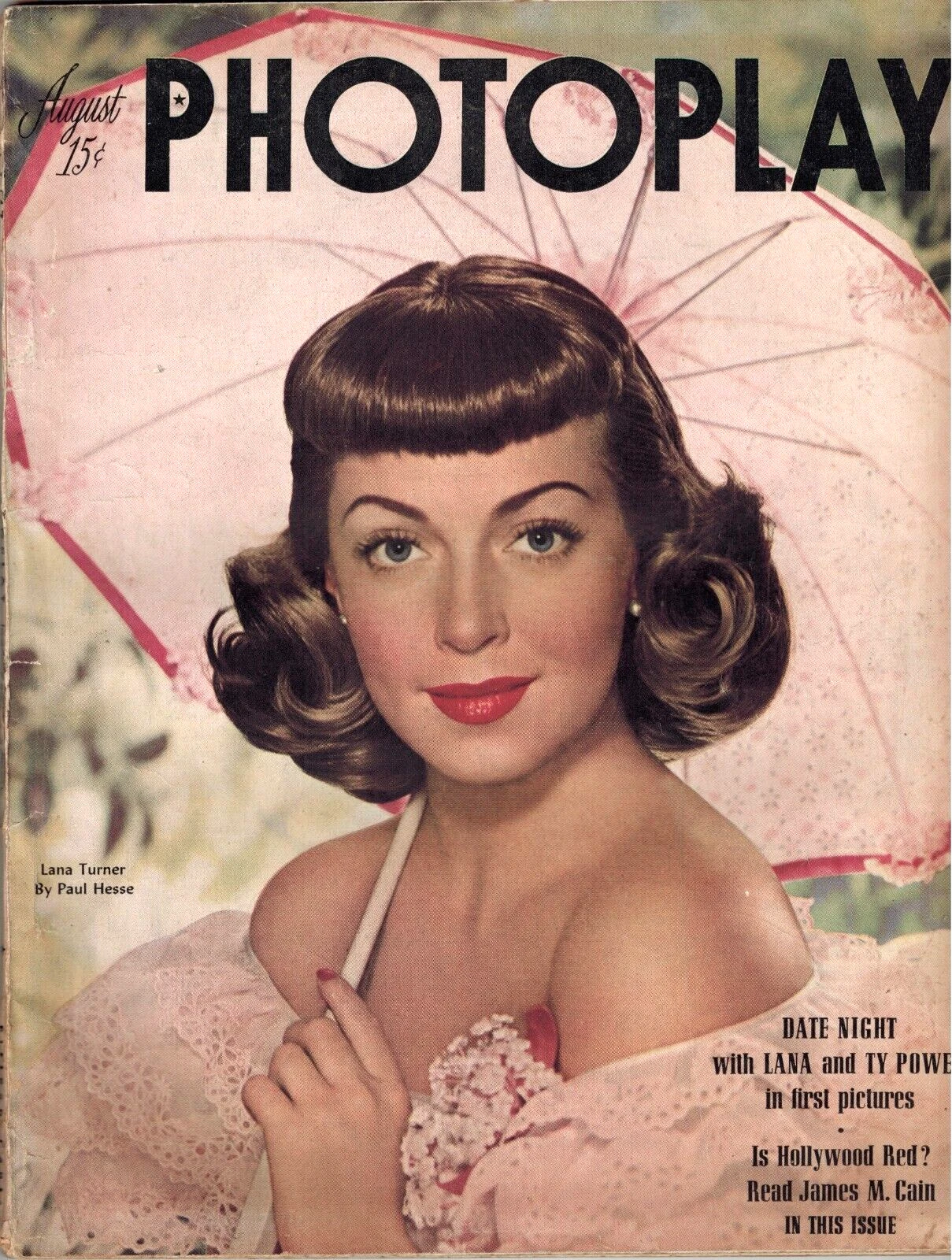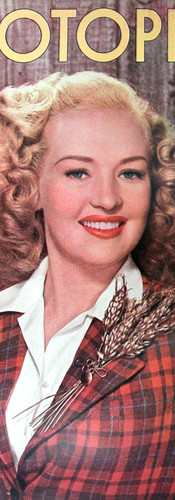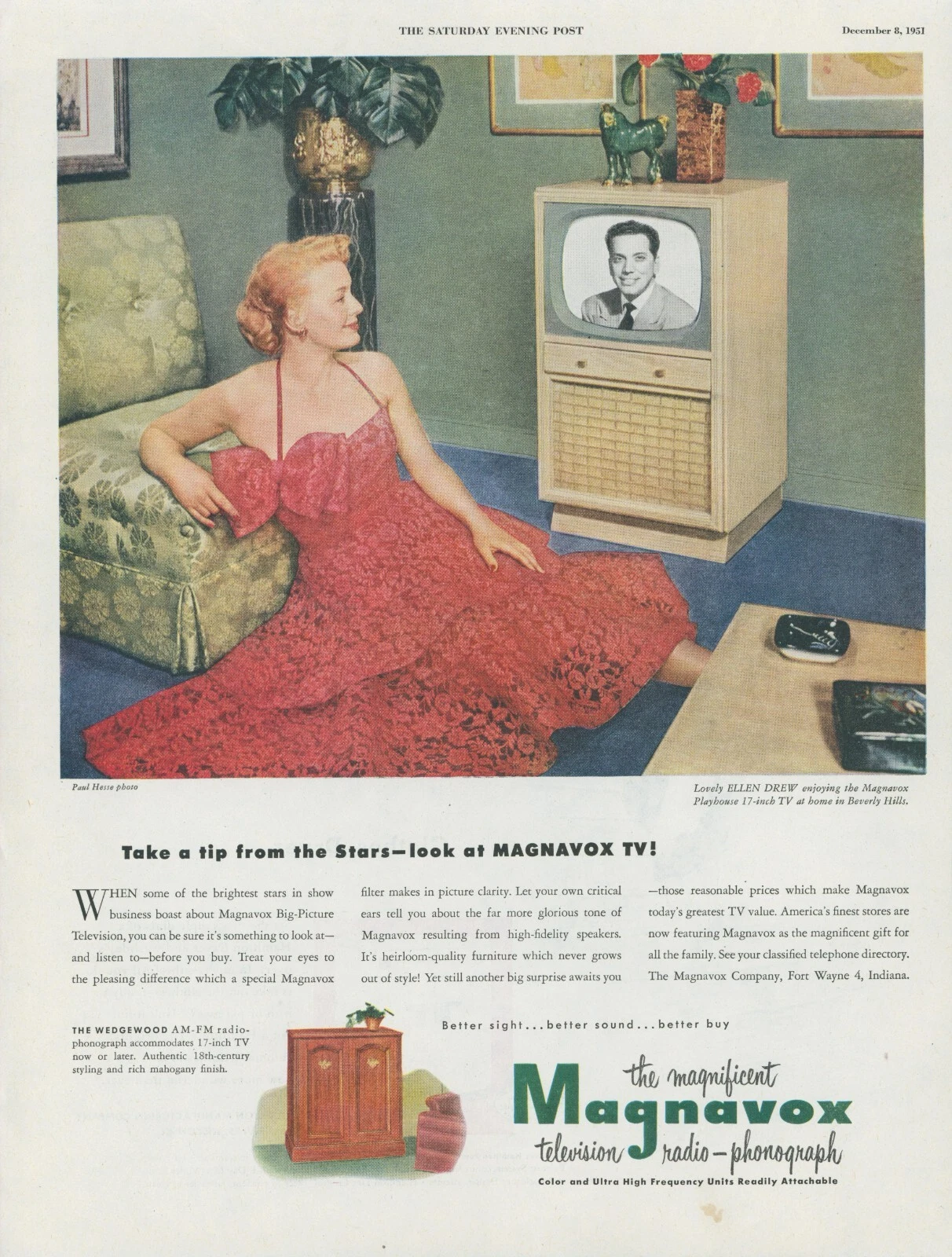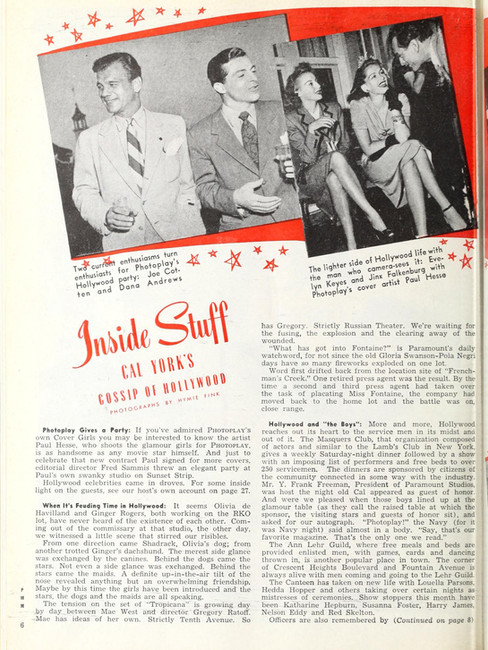Paul Hesse Studio on the Sunset Strip
- KP
- Sep 17
- 4 min read
“You’ve probably heard of Paul Hesse, and if you haven’t you have seen his photographs. They are everywhere—on magazine covers, in cigarette ads, on billboards, and in the homes of just about every star in Hollywood.” —gossip columnist Erskine Johnson (April 25, 1944)

Hesse, a pioneer of color photography, opened a $250,000 portrait studio on the Sunset Strip right next to the Normandie Village (you can see a peaked roof on the left in the photo above). Designed by Milton J. Black, the white stucco and glass brick building also had three adjoining apartments (each occupied by Hesse, his adult son Donald, and talent agent Walter Kane), as well as a garage, pool, and south-facing terrace overlooking Los Angeles.
Inside the luxurious chrome-plated studio there was a modernistic dressing room for Hesse’s subjects and an upstairs waiting room for their entourages.
Throughout the 1940s and ‘50s, just about every Hollywood star came through the curved doorway, as Hesse exclusively photographed all the cover girls (and guys) for Photoplay magazine: Carole Lombard, Bette Davis, Lana Turner, Judy Garland, Hedy Lamarr, Rita Hayworth, Ava Gardner, Shirley Temple, Gene Tierney, Lauren Bacall, and on and on.
“Many essential ingredients make up a magazine’s success. Paul Hesse’s covers are one. In their artistry and individuality, they are the bright wrapping that helps make each month’s finished package more attractive to the reader.” —Photoplay editorial director Fred R. Sammis
Many more modeled in Hesse’s commercial ad campaigns, like Joan Crawford and Gregory Peck for Chesterfield cigarettes, Loretta Young for Maybelline, Ellen Drew for Magnavox, and Van Heflin for Warrens Chewing Gum (shot at the Brown Derby).
“If the stars are tired when they come in for a sitting, I let ‘em rest a while, Hesse told Virginia MacPherson of the Citizen-News in 1944. “If they’re hungry, feed ‘em. Then I turn on soft music, get ‘em in the right mood and bingo—I’ve got a picture.”
He insisted he didn’t have a favorite, however, there were standouts. Hedy LaMarr was the easiest to photograph because of her natural beauty. Most subjects required four or five takes but “with Hedy I always get it the first time,” Hesse revealed to Erskine Johnson in 1945. Greer Garson’s “deep, elusive beauty that shines from within” simplified her sessions. Joan Fontaine posed the most effortlessly.
Hesse’s idea of a perfectly sexy and provocative face belonged to Lana Turner, whom he shot for Photoplay as well as a 1946 Woodbury Film-Finish Powder campaign. Gene Tierney had the prettiest feet and took off her shoes and stockings for shoots.

His difficulties were trivial. Jennifer Jones was always late. Betty Hutton would only sit still for two minutes. Joan Crawford was very “positive” about how she should look in a photo, to put it diplomatically. Paulette Goddard, “a dynamo of energy,” didn’t have time to waste. “Let’s get going,” she’d demand, a challenge Hesse appreciated. His most embarrassing moment came when he pointed out the beautiful colors of a portrait to a disinterested actress. “But Paul,” she politely interrupted, “didn’t I tell you—I’m color blind.”
In front of his studio at 8480 Sunset, Hesse displayed oversized prints of his famous subjects. In 1949, a portrait of 17-year-old Little Women actress Elizabeth Taylor in a strapless gown snarled traffic along the boulevard. Even his own staff were entranced: Stephen Haynal was arrested in 1941 for stealing $750 worth of color photographs from his boss—which he used to decorate the walls of his home.

Originally a painter, Hesse put down the paint brush and picked up a camera when he returned from France after World War I. At the time, the New Yorker couldn’t afford the $6 Kodak he desired, so he walked to work every day for six months to save up for it. Hesse was one of the first to recognize the advantage of color photography over black and white and two decades later, when he opened his Hollywood studio, he owned a $5,000 camera—and was commanding $1,000 ($23,000 in 2025, with inflation) for a single portrait.
“I suppose many people envy me, but photographing beautiful women can become monotonous,” Hesse said in 1945. “I’d rather get out once in a while and do a landscape or quaint old character.”

Hesse regularly hosted get-togethers at his studio, and in 1943 he was the honoree when Photoplay threw a party to celebrate the renewal of the portrait artist’s contract. Among the hundred guests who mingled on the outdoor terrace were Cary Grant, Veronica Lake, Gene Kelly, Deanna Durbin, Mickey Rooney, Evelyn Keyes, as well as gossip columnists Hedda Hopper and Louella Parsons.
Snapshots from the evening were published in the magazine’s November issue. In the photo of Joe Cotten and Dana Andrews (below, left), the Normandie Village’s steeple can be seen over Cotten’s right shoulder.
Hesse’s access to Hollywood’s most beautiful women caught the attention of Howard Hughes, who rented the apartment at 8484 Sunset for his associate Walter Kane. It was Kane’s job to lure nubile starlets to the studio for portraits, and then, if his boss approved, invite the unsuspecting girl upstairs for dinner with Hughes.

In 1961, Paul Hesse Studio was set to be torn down for a luxury hotel, and the retiring photographer was paid $3 million. The development failed, and while the Normandie Village was razed in 1970, Hesse’s studio avoided demolition for another four decades.
But it was an undignified slow death. Abandoned and boarded-up for years, fire blackened its once glittering facade in 2011. Three years later, the Old Hollywood landmark was finally put out of its misery for 1 Hotel West Hollywood.












